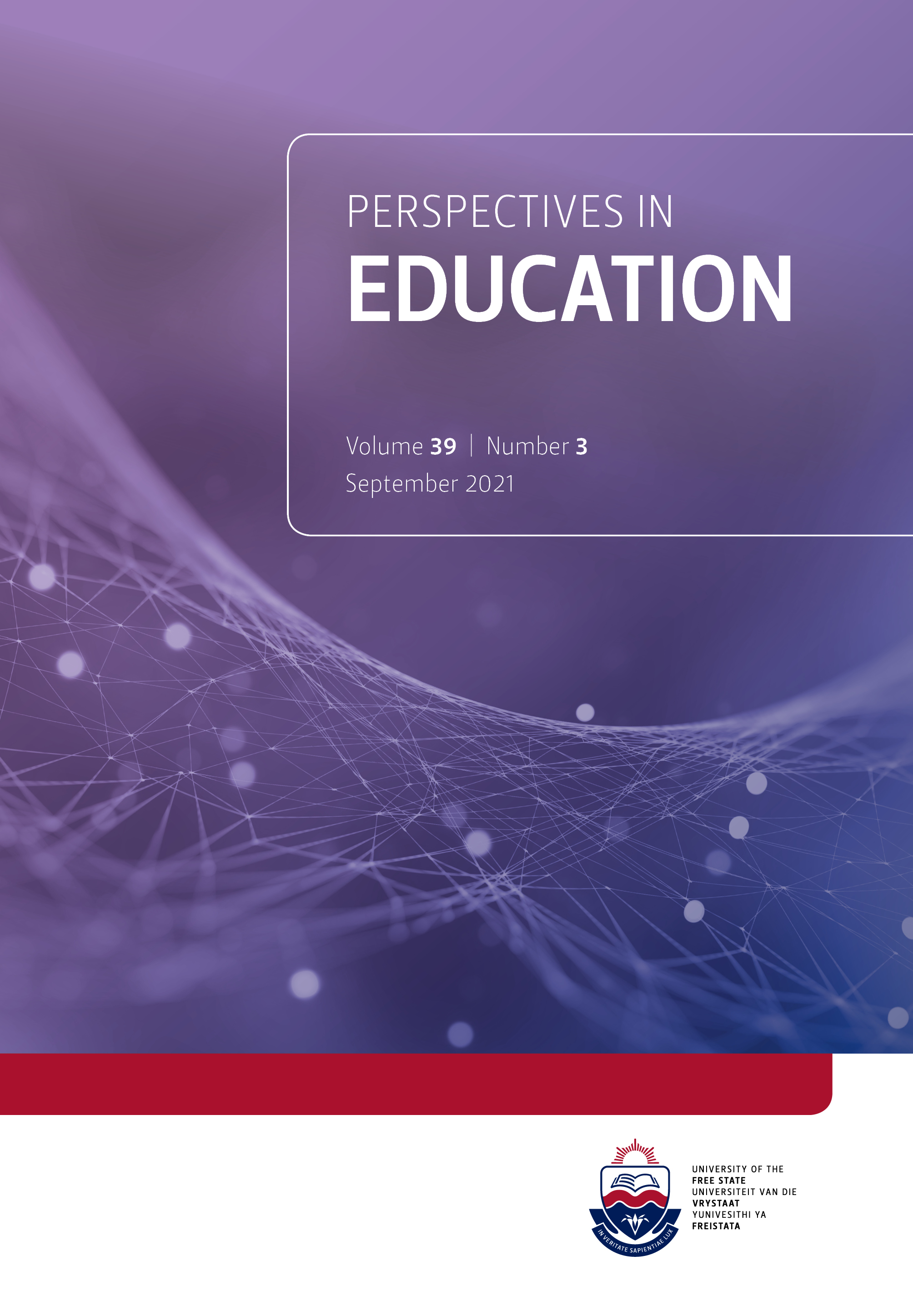Students’ feelings about the online submission of assignments using Turnitin
DOI:
https://doi.org/10.38140/pie.v39i3.4837Keywords:
Learning management system, Business management education, Plagiarism, TurnitinAbstract
The integration of information and communication technologies (ICTs) into teaching and learning, and the implementation of computer-mediated methods of instruction in the form of e-learning in higher education, have led to the emergence of new methods of submitting assignments electronically. One of these methods employs a learning management system (LMS) for teaching, learning and assessment. While significant research has been conducted on this phenomenon in developed countries, little has been published on how students experience and perceive this method of submission in a developing country such as South Africa, where a slow pace of technological innovation in education has been reported. The mixed methods study on which this article is based reports on how the Moodle LMS was used in a business management education (BME) course of a Bachelor of Education undergraduate degree, where students had to submit assignments through Turnitin. The qualitative component had a sample of 15 participants selected from 156 students using phenomenography as a methodological approach. Personal reflective journals, focus group discussions and individual interviews were qualitative data sources. A questionnaire was used to collect quantitative data that was analysed using the statistical package for social sciences (SPSS). The study found that participants viewed this method of submitting assignments as a conduit for monitoring plagiarism in BME. Findings from the study may offer insight into how emerging economies might engage with the crucial aspect of developing student consciousness about the importance of speedy and safe delivery of assignments in ways that promote academic honesty.
Downloads
##submission.downloads##
Published
How to Cite
Issue
Section
License
Copyright (c) 2021 Muntuwenkosi Abraham Mtshali

This work is licensed under a Creative Commons Attribution 4.0 International License.





